
Blender Troubleshooting Guide
Blenders are essential tools in foodservice settings, allowing you to quickly blend ingredients for cocktails, smoothies, and even soups. Like any piece of commercial equipment, blenders occasionally encounter issues that may cause them to stop working. The good news is that many blender problems can be fixed with simple troubleshooting and don't require costly repairs. We'll explore some common problems you may experience with your blender and provide troubleshooting steps to help you get it back up and running.
Shop All Parts and Accessories
Click below to learn about blender troubleshooting:
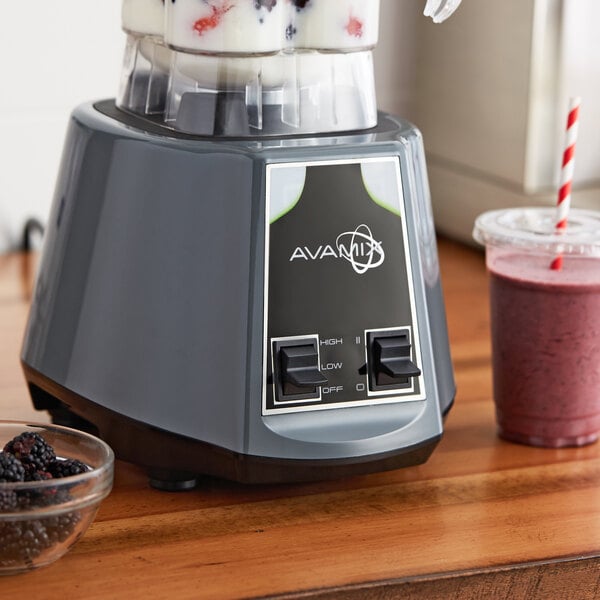
Why is my blender not turning on? If you're experiencing power issues with your blender, try these troubleshooting steps:
- First, make sure the blender is plugged into a fully functioning power outlet.
- Confirm that the power switch is in the "on" position.
- Inspect the power cord for fraying or damage. If it's damaged, unplug the cord immediately. Replace the blender cord before using the unit again.
- Check the fuse box or circuit breaker panel and replace any blown fuses or reset the tripped breaker.
- If the cord is in good condition and the power source is working, try unplugging the blender and plugging it back in.
If you have tried all these steps and the blender still isn't powering on, there may be an issue with the blender fuse or terminals. We recommend contacting a certified technician for any electrical repairs on your blender.
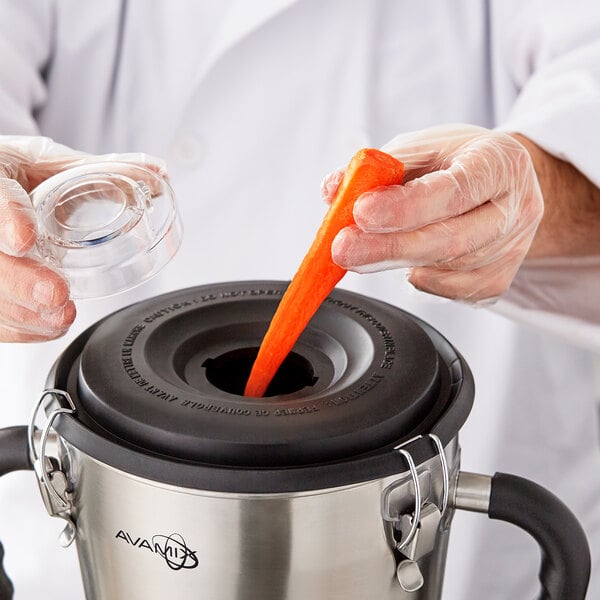
Blenders have built-in thermal protection that shuts off the motor to prevent overheating. If you've been using the blender for an extended period or have been blending particularly tough ingredients, it may have automatically shut off to protect the motor. If your blender suddenly shuts off in the middle of blending, try these troubleshooting tips:
- Unplug the blender and allow it to cool down for at least 15 minutes.
- Check if the blender's vents are blocked. Remove any obstructions and ensure proper airflow around the motor.
- You may need to add more liquid to your mixture to help the blades run more smoothly without overheating the motor.
- To prevent this issue in the future, make sure to layer ingredients properly, cut up large items into smaller pieces, and partially thaw frozen fruit.
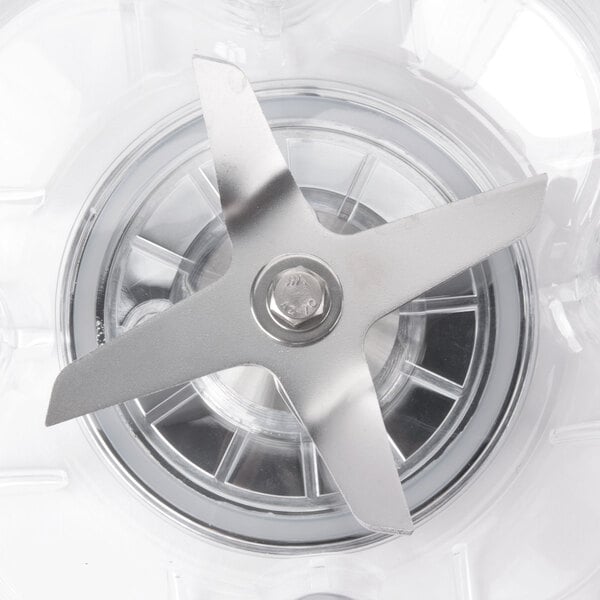
If the blender is powered on, but the blades aren't spinning, it could be for two reasons. Either the blades are jammed from ingredients inside the jar or the components that connect to the blade assembly are failing. Follow these steps to troubleshoot the blender blades:
- Before doing anything else, turn the blender off and unplug it from a power source.
- Remove the ingredients from the jar and carefully clean around the blades to make sure there aren't any obstructions.
- Test the blades after removing the ingredients. If they spin like normal, use more care when layering the ingredients, and don't overfill the blender jar.
- If the blades are still not working, it's time to inspect the components.
- With the blender powered off and unplugged, remove the jar from the base.
- Inspect the jar pad, drive coupling, and socket to make sure that all parts are aligned correctly. These parts are located under the blender jar and they all work together to make the blades spin. If the drive coupling has become stripped, it won't spin the blades properly. Thankfully, this blender part is easy to replace. Learn more about blender couplings below.

A blender coupling is an important component of a blender that connects the motor to the blade assembly. It's responsible for transferring the power from the motor to the blades, allowing them to rotate and blend ingredients. While blender couplings are designed to be durable, they can sometimes cause issues and require troubleshooting. Here are a few reasons why blender couplings may cause problems:
- Wear and Tear: Over time, the constant rotation and blending can cause the coupling to wear out. The repeated stress and friction can lead to the coupling becoming loose or worn, resulting in a loss of power transfer. This can result in reduced blending performance or even complete failure of the blender.
- Improper Assembly: If the blender coupling is not properly installed or aligned with the motor shaft and blade assembly, it can lead to issues. Misalignment can cause excessive vibration, noise, and uneven blending. It is important to ensure that the coupling is securely fitted and aligned during assembly to avoid these problems.
- Overloading: Blender couplings are designed to handle a certain amount of blending capacity. Overloading the blender with excessive ingredients or trying to blend hard or frozen items beyond its capacity can strain the coupling. This can lead to premature wear and tear, causing issues with the coupling.
- Accidental Damage: Dropping the blender or mishandling it can cause damage to the coupling. Cracks or breakages in the coupling can affect its ability to transfer power effectively, resulting in poor blending performance or complete failure.
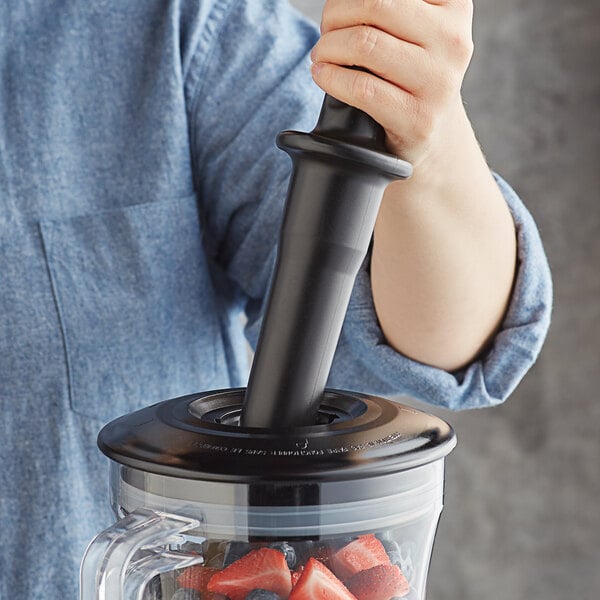
Many blender issues occur because of improper use or just regular wear and tear. All of this is easy to avoid by following some simple best practices. Use these guidelines to extend the life of your unit and avoid costly repairs or replacements:
- Use the Right Blender: Make sure that you have chosen the right type of blender for your application. Bar blenders should be used for mostly cocktails and blended drinks. If you plan to blend foods for soups and sauces, choose a food blender.
- Proper Storage: Store the blender in a cool, dry place for optimal longevity.
- Handle with Care: Do not hit the jar against any surfaces or shake it while it's blending. Handwash the blender jar.
- Coupling Damage: Do not remove or place the container on the base while the machine is running. This is one of the quickest ways to damage the coupling. Make sure the blades have competely stopped spinning before removing the jar from the base.
- Ingredients: Always layer your ingredients properly, starting with liquids first and ending with ice. For the best results, partially thaw all frozen foods. Chop large ingredients into smaller pieces for faster, more consistent blending. Do not fill the blender jar above the "Max Fill" line.
- Tamping: Never place a tamper or utensil in the blender while it's blending. If you need to stir the ingredients, turn off the blender first.

Once you've invested in the best blender for your business, regularly inspecting it for worn parts is essential to ensure its optimal performance and longevity. Over time, certain components may become worn or damaged, affecting the blender's ability to blend ingredients effectively. We'll explain how to check for worn parts in a blender, helping you identify and address any potential issues.
- Blades: Inspect the blades for any signs of wear, such as dullness or chipping. If the blades appear worn, they may need to be replaced to maintain consistent blending results. The blades should also be able to turn slowly with some resistance. If the blades are not spinning, remove the blade assembly and inspect the coupling on the blender base. Make sure that the coupling is clean and free from any debris or obstructions. Check that the drive stud on the blade assembly fits securely into the coupling. If the alignment is off, adjust it accordingly for optimal performance.
- Seals and Gaskets: Seals and gaskets create a tight seal between the blender jar and the base, preventing any leaks during operation. Check these components for cracks, tears, or deformities. If you notice any damage, it is advisable to replace them to prevent potential leaks or spills.
- Drive Coupling: The drive coupling is the connection between the blender motor and the blade assembly. It is crucial to ensure that the drive coupling is intact and functioning correctly. Inspect it for any signs of wear or damage, such as cracks or excessive play. Replace the coupling if the teeth and grooves are worn or stripped.
- Jar and Lid: The blender jar and lid also need to be inspected for any signs of wear or damage. Check for cracks, chips, or warping, which can compromise the blender's performance. Additionally, ensure that the lid fits securely and has a tight seal to prevent any leakage during blending.
- Blender Pad: Some blenders have a jar pad, which is a flat component that sits between the blender base and the blender jar. Check the blender pad regularly to make sure it's aligned and sitting flat on the base.
- Buttons and Controls: Examine the blender's buttons and controls for any signs of wear or malfunction. Ensure that the buttons are responsive and that the control panel operates smoothly. If you notice any issues with the buttons or controls, it may be necessary to have them repaired or replaced.

If you're still looking for answers as you troubleshoot your commercial blender, check out the frequently asked blender questions below.
Why Is My Blender Making a Grinding Sound?
The grinding sound may indicate that the blade assembly or coupling is wearing down. Power down the blender and unplug it. Then inspect the blade assembly and drive coupling for damage or misalignment issues.
Why Are My Blender's Blades Not Moving?
Make sure the blender jar is securely attached to the base. If not properly aligned, the blades may not rotate. Inspect the blade assembly for any obstruction or debris that may be preventing movement. If necessary, remove the blade assembly and clean it thoroughly before reassembling.
Why Does the Blender Smell Like It Is Burning?
One of the most common reasons for a burning smell in a blender is an overheating motor. This can happen if the blender is being used for an extended period without a break. To troubleshoot this issue, turn off the blender and unplug it from the power source. Allow the motor to cool down completely before using it again. Another possible cause of a burning smell is a worn or damaged motor. Over time, the motor in a blender can wear out or become damaged due to regular use. If you suspect that this is the issue, it's best to have a professional technician inspect and repair the motor. Continuing to use a blender with a faulty motor can be dangerous and may lead to further damage.
What Type of Jar Should I Use with My Blender?
When it comes to choosing the right jar for your blender, there are three main options to consider: glass, plastic, and stainless steel. Each type of jar has its own advantages and considerations, so it's important to understand which one will work best for your specific needs.
Plastic jars are lightweight and shatterproof, making them a practical choice for busy commercial kitchens. They are also more affordable compared to glass and stainless steel options. Plastic jars are usually dishwasher safe, but they can become stained and scratched over time, which may affect their appearance. Choose a high-quality plastic jar that is BPA-free and food-grade safe to ensure the best performance and safety.
Stainless steel jars are known for their durability and resistance to rust and corrosion. They are a great option for blending hot liquids and are often used in commercial settings where heavy-duty blending is required. Stainless steel jars are typically dishwasher safe, but they can be more difficult to clean compared to glass and plastic jars due to their non-removable blades.
Glass jars are a popular choice for blenders due to their durability and resistance to staining and odors. They are also transparent, allowing you to see the contents inside and monitor the blending process. Glass jars are typically dishwasher safe, making clean-up a breeze. The downside is that they can be heavier and more prone to breaking than other materials, so handle them with care.
Back to TopRelated Resources
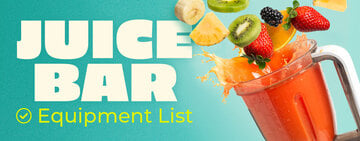
Juice Bar Equipment List
Juice bars have become increasingly popular as people become more health-conscious and seek nutritious alternatives to sugary drinks. Whether you plan on starting a new juice bar or want to expand your existing one, you need different equipment to make and serve delicious and nutritious drinks. This juice bar equipment list outlines the essential equipment and supplies you need to operate your juice bar or smoothie shop ranging from blenders and juicers to cups and straws. Shop All Juice Bar Equipment and Smoothie Supplies Use the following links to learn more about juice bar equipment: Smoothie Equipment Smoothie Ingredients Serveware Cooking Equipment Food Prep Equipment Compartment Sink Refrigeration and Storage Miscellaneous Smoothie Su
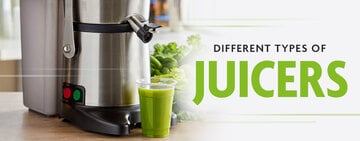
Different Types of Commercial Juicers
Juicing for your business can come in many different forms, so knowing the different types of juicers will come in handy as you decide which model matches your goals! With this juicer buying guide, we will walk you through the options to help you choose the right one.

What Is an Immersion Blender?
An immersion blender is a versatile handheld blender that serves multiple purposes in the kitchen. Also referred to as a hand blender, an immersion blender allows you to prepare ingredients in ways that a traditional blender wouldn't. Immersion blenders comprise two main parts: an electric motor and a blending arm. In this blog, we'll investigate what an immersion blender is, what to use one for, and how to operate one correctly. Shop All Commercial Immersion Blenders Click below to skip to the section about immersion blenders that most interests you: What Is an Immersion Blender Used For? How to Use an Immersion Blender Immersion Blender Substitute Immersion Blender FAQ Immersion Blender Video Use the video below to learn how to use an imm
- Topics 1364
- Industrial 55
- Troubleshooting Guides 21
- Restaurant Management 129
- Bar Management 57
- Catering Tips 37
- Bakery Management 42
- Food Trucks & Concessions 49
- Advertising & Marketing 37
- Eco-Friendly Tips 11
- Facility Layout & Design 42
- Coffee Shop Tips 29
- Installation & Maintenance 52
- Janitorial & Pest Control 30
- Safety & Sanitation 88
- Startup Tips 104
- Menu Design 10
- Kitchen & Cooking Tips 84
- Hospitality Management 24
- Pizza & Sandwich Shop Tips 36
- Smallwares 37
- Food Prep 90
- Tabletop Items 17
- Disposables 22
- Calculators & Tools 6
- Consumables 52
- Warewashing & Laundry 19
- Cooking Equipment 92
- Food Storage & Refrigeration 51
- Beverage Equipment 35
- Office Supplies 6


